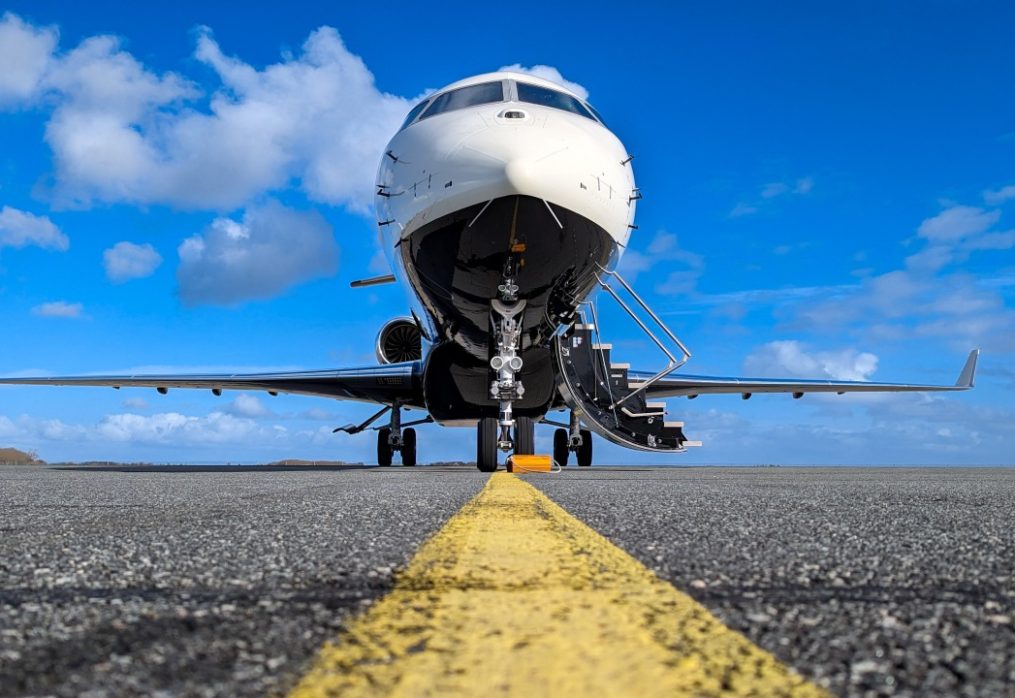Unmasking the Sky: 7 Hidden Secrets of Airlines
The airline industry is often regarded as a world of its own, characterized by its unique protocols, complex logistics, and diverse crew cultures. But there’s more to this industry than meets the eye. This article aims to unravel seven hidden secrets that lie behind the everyday operations of airlines.
1. The Secret Behind Dimmed Lights and Open Window Shades
During takeoff and landing, you might have noticed the cabin crew instructing passengers to open window shades and dim cabin lights. This is a safety measure. In case of an emergency evacuation, the eyes of passengers are already accustomed to the natural light outside, making the evacuation process quicker and smoother.
2. The Air You Breathe Onboard
Contrary to popular belief, the cabin air isn’t recycled entirely. Most modern aircraft use a system that combines about 50% fresh outside air with 50% filtered cabin air. The outside air, though at a very low temperature, is heated by the engines and mixed with the cabin air, providing a comfortable and safe breathing environment.
3. The Real Purpose of Seatbelts
Apart from their evident use in emergencies, seatbelts primarily protect passengers from injuries due to turbulence. Turbulence can cause unexpected shifts and rapid altitude changes, making the use of seatbelts crucial even when the skies seem clear.
4. The Meals Crew Members Eat
Pilots and co-pilots are often served different meals to minimize the risk of food poisoning affecting the entire flight deck. This strategy ensures that, even in the unfortunate event of food contamination, one pilot remains fully functional to operate the aircraft.
5. The Meaning of Those Chimes and Dings
The sounds you hear during the flight are coded messages for the flight crew. These chimes are part of an internal communication system alerting the crew about changes in altitude, turbulence warnings, or issues that need their attention. The number and sequence of chimes can mean different things on different airlines.
6. The Mysterious Ashtrays in the Bathroom
Despite smoking being strictly prohibited onboard, you might have spotted ashtrays in airplane bathrooms. The reason is safety. If a passenger violates the no-smoking rule, an ashtray provides a safer option for extinguishing the cigarette, reducing the risk of fire.
7. The Lifespan of an Airplane
While the exact lifespan can vary, commercial airplanes typically last around 20-30 years, but not due to structural issues. Technological advancements, fuel efficiency improvements, and evolving safety regulations often render older planes obsolete before they’re structurally unsound.
In Conclusion
The airline industry, with its intricate workings and meticulous safety procedures, holds many secrets beyond the view of the average passenger. These hidden aspects reflect airlines’ extraordinary measures to ensure a safe, comfortable, and efficient flight experience. Next time you board a plane, you’ll carry with you a little more insight into the mysteries of airline operations.
